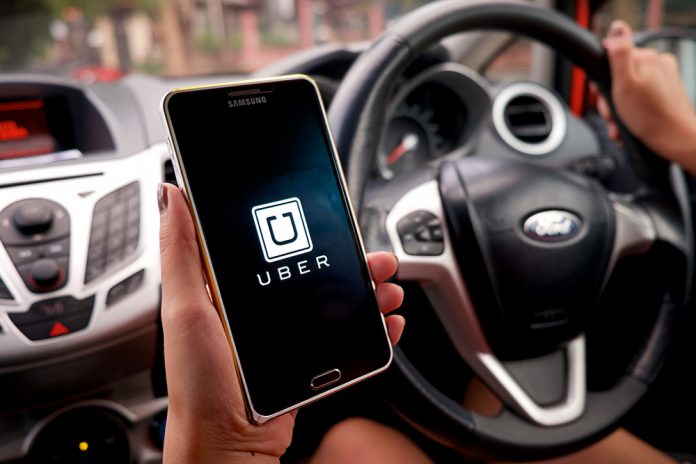Uber Technologies Inc released a white paper on Thursday envisioning a future in which commuters would use aircraft to get to work instead of cars.
Chief product officer Jeff Holden described a network of small, electric aircraft that can take-off and land vertically (VTOL, or vertical take-off and landing, aircraft), which would eventually be unmanned.
The 97-page document argues that on-demand aviation will be both affordable and achievable in the next ten years assuming effective collaboration between regulators, communities and manufacturers.The group already offer helicopter rides to commuters in Brazil.
The company are planning a global summit in 2017 to explore on-demand aviation, in which small electric aircraft could take off and land vertically to reduce congestion and save time for long-distance commuters.
“On-demand aviation has the potential to radically improve urban mobility, giving people back time lost in their daily commutes,” says the paper, which points out that an average San Francisco resident spends 230 hours commuting between work and home each year. “That’s half a million hours of productivity lost every single day.”
“For all of us, that’s less time with family, less time at work growing our economies, more money spent on fuel – and a marked increase in our stress levels,” says Uber’s report.
According to the San Francisco company, the first of these aircrafts could be ready in five years and an initial network could be in place by 2026. The flying cars should be able to travel up to 150 miles an hour and shuttle several passengers at a time, take off and land on repurposed garages, and enable carbon-spewing autos to be taken off the roads, reducing traffic for earthbound commuters and making Uber’s core service more efficient.
For this to become reality, Uber hopes “to collaborate with vehicle developers, regulators, city and national governments, and other community stakeholders, while bringing to the table a very fertile market of excited consumers and a clear vehicle and operations use case.”

